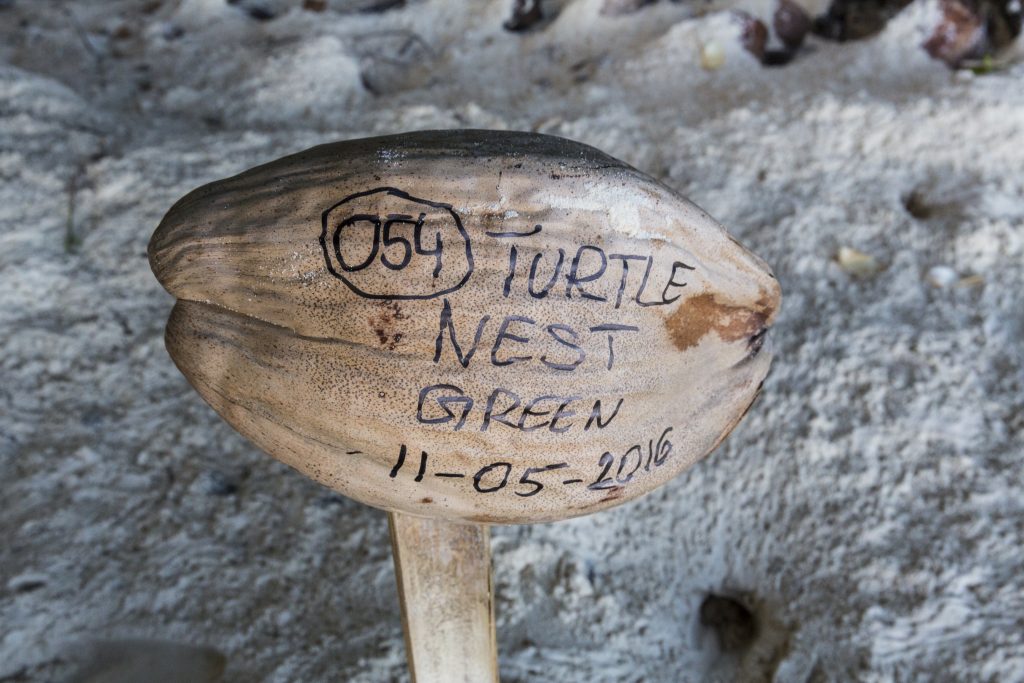Critical Areas
Principle 3:
Protect critical areas that can serve as reliable sources of seed for replenishment and preservation of ecological function. ref Critical areas (i.e., communities and systems that are naturally positioned to survive) are important to protect because these areas serve as refuges to secure and maintain sources of larvae necessary to replenish damaged areas.
The following critical areas provide important ecosystem functions and should be considered for inclusion in MPAs:
- Areas that may naturally be more resistant or resilient to climate change
- Sources of larvae and spawning aggregations: When animals aggregate, they are particularly vulnerable and often the reasons they are aggregating are crucial to the maintenance of the population. Therefore, the main sites where animals group together or aggregate must be protected to help secure and/or restore natural balances of populations in communities
- Nursery and breeding grounds of fish and other marine organisms: These areas can be vital sources of larvae for other areas. Protection of important sources of reproduction (e.g., nurseries and breeding grounds), and protection of areas that will receive recruits and be future sources of spawning potential, are important targets for self-sustaining MPAs. Source areas functioning as a refuge from fishing for individuals of certain species lead to an increase in the number of larger, older individuals who carry a more important role for reproduction in the community, and can also potentially act as sources of propagules for other areas
- Developmental and feeding habitats and other key habitats at certain life stages for species: Marine species use different habitats at different life stages. Developmental and feeding areas should be considered in MPA design as they play an important role in maintaining ecosystem processes
- Migration corridors: Many large marine animals (such as whales, predatory fishes, turtles) follow specific routes when they migrate (for feeding, nesting, birthing, or breeding) from one area to another. These migration corridors are important to include in MPAs when possible
- Habitats for rare or threatened species (e.g., turtle nesting areas): These are particularly at risk and inclusion of these sites within the network can help ensure all examples of biodiversity and processes of the ecosystem are protected

Artisanal marker for a green turtle nest. Photo © Jason Houston
DESIGN RECOMMENDATIONS
Ensure that no-take areas include critical habitats
- Critical habitats include spawning, feeding, and breeding grounds, juvenile fish habitat areas, and larval sources.
Include special or unique sites in the MPA network
- Protect spatially isolated areas or populations (e.g., remote atolls separated by >20 kilometers from similar habitats) in marine reserves. ref
- Sites important for rare or threatened species:
- Turtle nesting sites
- Rare or threatened habitats
- Sites of high biodiversity and those at risk
- Sites with endemic species or habitats and isolated sites
Include resilient sites in the MPA network
- Areas that are more likely to survive climate change impacts as indicated by either previous survival or conditions that make them more likely to resist, or recover from impacts.
